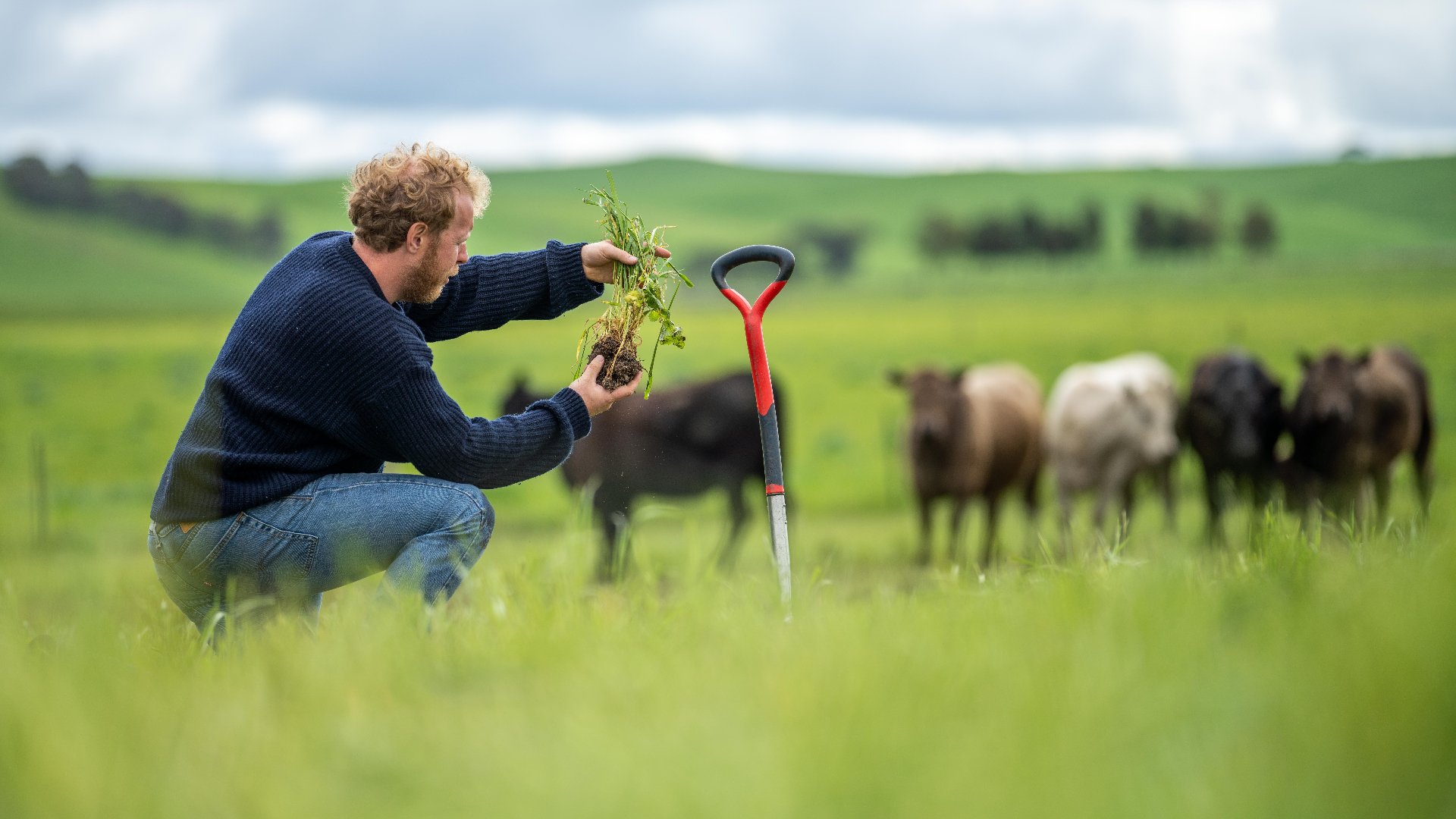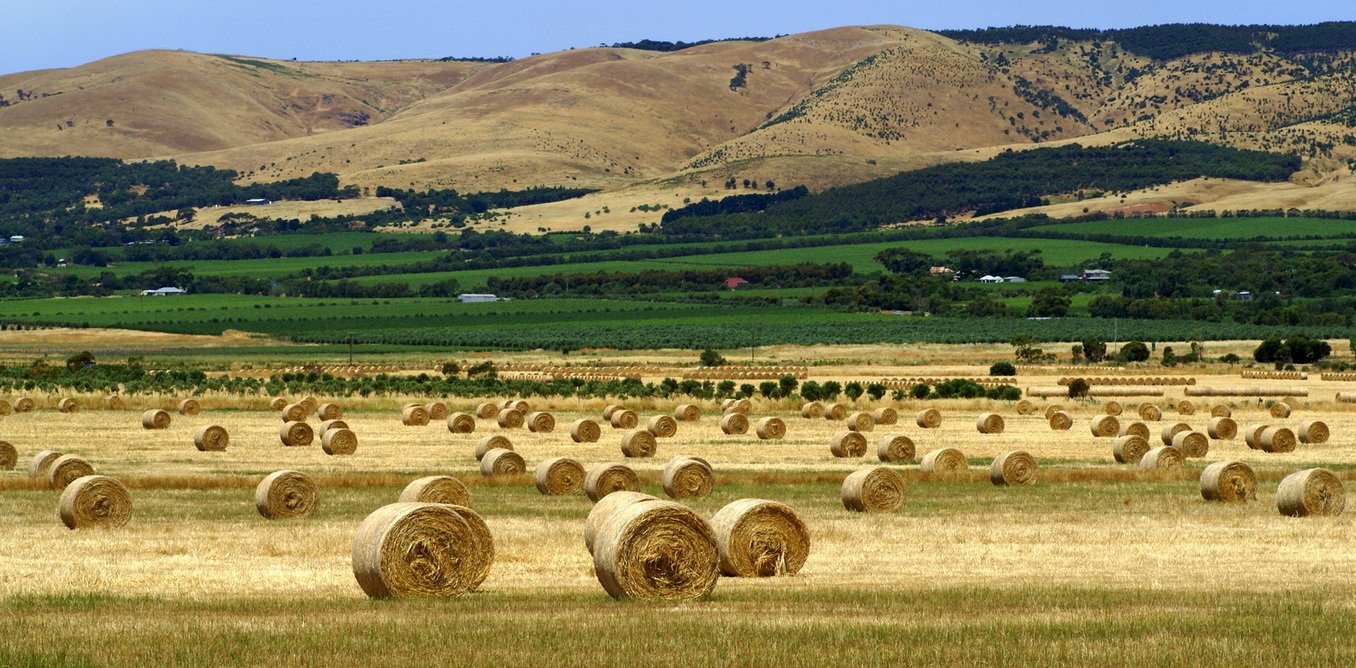May 19, 2023
How sustainable farming is paying off for Australian farmers

Credit: Learn Liberty.
The connection between a farmer and their land is unmatched. The land is a constant, withstanding generational change in personnel, methodology, and even land use. However, industrial agriculture — characterized by the use of heavy tillage, intensive monocropping, and excessive grazing — has resulted in the degradation of the very soils that sustain our food supply.

Credit: Green Left.
Australian farmers, famous for both innovation and traditional knowledge, are slowly realizing their lifeblood is slipping from their grasp. As such, many of them are changing their practices as part of a revolution rooted in reason on the ground – not top-down government mandates.
Australia is renowned as a land of extremes, such as droughts and floods. But despite the often harsh conditions, agriculture is a key cog in the Australian export economy, with grazing livestock and cereal grain production being the two major pillars.
With an abundance of open grassland, rich soil, and an extensive inland river system known as the Murray-Darling Basin, Australia is well-positioned for irrigated cropping and grazing.
Tired of riding the fortunes of the weather, Australian farmers are increasingly turning to regenerative agriculture to sustain their land during periods of drought.
While government schemes financially incentivize planting trees and other vegetation in order to capture carbon on fallow fields, farmers are also finding that native pasture and grasses are more resilient to drought and overgrazing. Not only this, but these deep-rooted ground covers sequester carbon and more readily recycle nutrients in the soil.
These sustainable planting practices are used in conjunction with rotational grazing, whereby farmers keep less grazing stock on their farms, moving animals periodically between paddocks to allow their land to recover — thus avoiding the desertification that harsh drought and overgrazing can bring.
During the drought that plagued New South Wales from 2017 to 2019, those who had adopted these regenerative and sustainable farming practices found that not only their land was more resilient, but also their bottom line.
With planting and rotational grazing helping to capture and trap carbon in the soil, the question of methane gasses is being addressed by seaweed farmers whose product, when used as feed, can inhibit the production of methane by ruminant livestock. However, with the industry completely tangled up in red tape, it is difficult to raise the capital needed for investment in this space.
Hopefully, government regulations can be loosened in time to allow for the seaweed industry to revolutionize livestock feed. This would not only slash methane emissions but also reduce the land use impact of livestock by eliminating the need for extra grain production as feed.
Soil health and water retention have always been a key focus of cropping farmers, too, cereal crops such as wheat are heavy feeders, and other crops such as cotton and rice have high water needs. Regenerative and sustainable practices are now much more widespread in Australia as farmers seek to protect their valuable topsoil from erosion, compaction, and degradation.
Constant tillage (turning) of soil in preparation for planting has reduced carbon soil levels dramatically, led to a decrease in soil biology, and left soils vulnerable to erosion and unable to sustain life without chemical inputs. Simple measures such as earthworks to build up protection around creek lines can be quickly implemented to reduce erosion and water runoff, enabling farmers to reduce their reliance on consistent rainfall or irrigation.
‘No-till’ planting and cropping have been widely adopted to reduce the impacts of tillage and increase the soil micro-diversity, lessening the need for synthetic fertilizers. Seeds can be sown in the broken-down residue of the previous crop, allowing soil microbes to naturally break down roots and feed the new plants without being minced up by the plow, while weeds are suppressed by the existing ground cover.
Other regenerative techniques, such as maintaining soil coverage with ‘cover crops’ (which eventually die back and feed the soil as they break down), also reduce the risk of erosion, which preys on loose, bare soil.
Many Australian farmers are finding increasing financial success with this model and are contributing to the long-term sustainability of their land. Consumers, too, are becoming more discerning about the farming practices involved in producing their food, and are willing to pay a premium for the produce of organic, local, or sustainable farming.

Credit: Government of Western Australia.
Farmers have the highest stake in the long-term well-being of the environment. They make a living off the land and share a deep bond with it. Without government intervention, they are addressing sustainability with old methods that will improve their land health.
A combination of no-till cropping practices and rotational grazing has the potential to drastically reduce carbon emissions by sequestering (storing) carbon in the soil. As the experience of regenerative techniques grows and is measured over time, the economic and lifestyle benefits of adopting regenerative, sustainable farming techniques are becoming indisputable.
While top-down mandates have resulted in a farmers’ revolt in the Netherlands and economic collapse in Sri Lanka, Australian farmers are reaping the benefit along with their land, and our planet.

